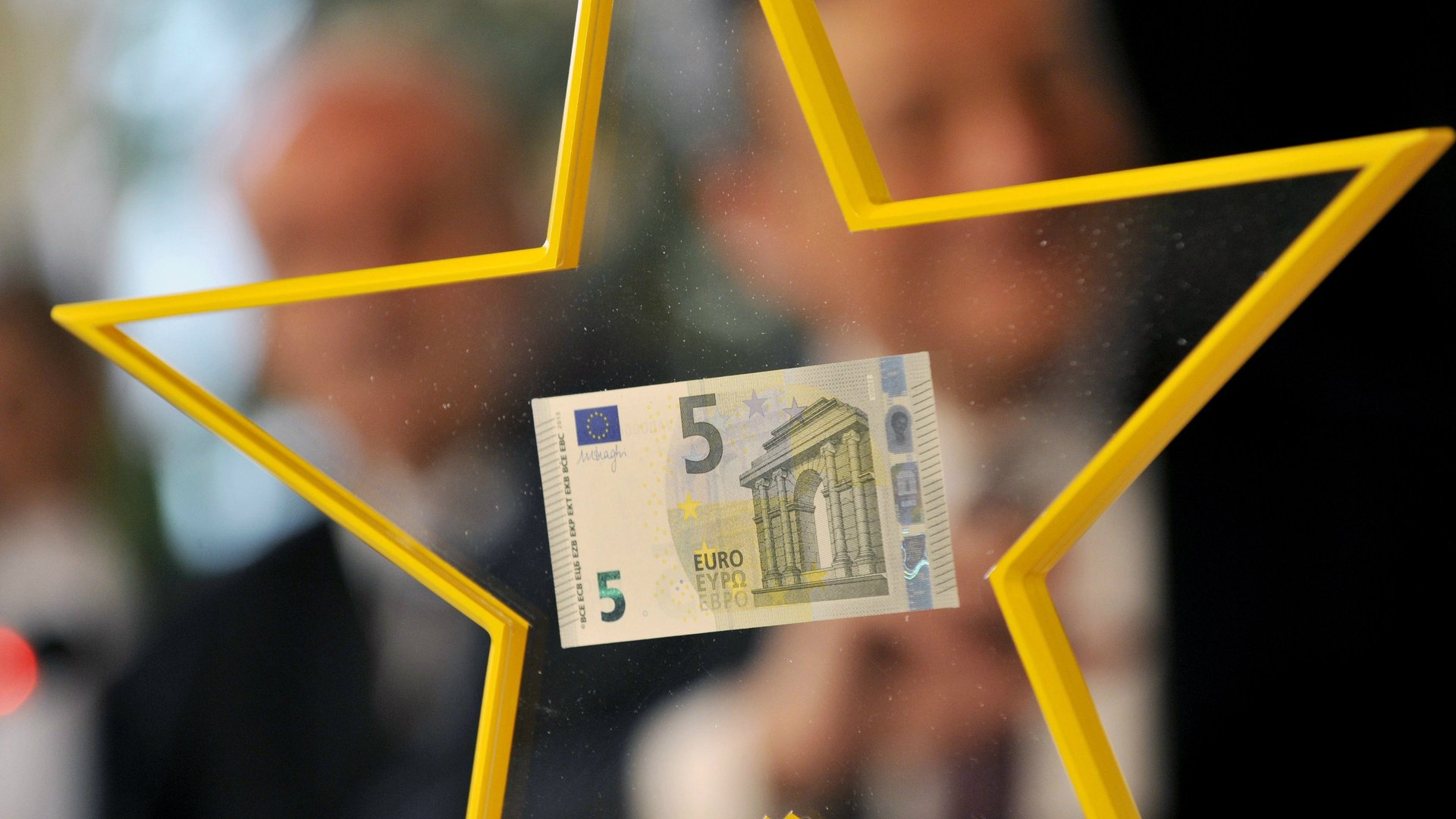With things looking less bad in Europe, the ECB pats itself of the back
Update 10:05 AM ET: The European Central Bank (ECB) decided to hold rates steady at 0.5% today, after a 25 basis point cut in May.


Update 10:05 AM ET: The European Central Bank (ECB) decided to hold rates steady at 0.5% today, after a 25 basis point cut in May.
In a press conference following the policy decision, ECB President Mario Draghi touted the progress the central bank had made. He even called a never-used bailout plan to curb rising yields in Italy and Spain “probably the most effective monetary policy measure of recent time.”
Draghi revealed that the ECB’s Governing Council resoundingly did not believe that another rate cut was warranted. “We don’t see deflation. We don’t see that yet,” he told reporters. New data have shown inflation moderating after falling sharply for months, and others have shown that economic activity isn’t falling as much as analysts expected.
Although Draghi called out high unemployment as a persistent problem–today, French and German unemployment reached scary new highs–he reiterated the bank’s view that the euro area economy should return to growth in the second half of 2013.
That’s even without a bigger fix that would spur small business lending. European policymakers have grown worried that small- and medium-sized enterprises can’t get funding; banks have given out fewer and fewer loans for twelve months running. It’s a big enough problem that Draghi told reporters in May that he and other European agencies were working on a plan that would incentivize small-business lending. Today, he poured cold water on those hopes, however, saying that the program would only be implemented in the medium- or long-term.